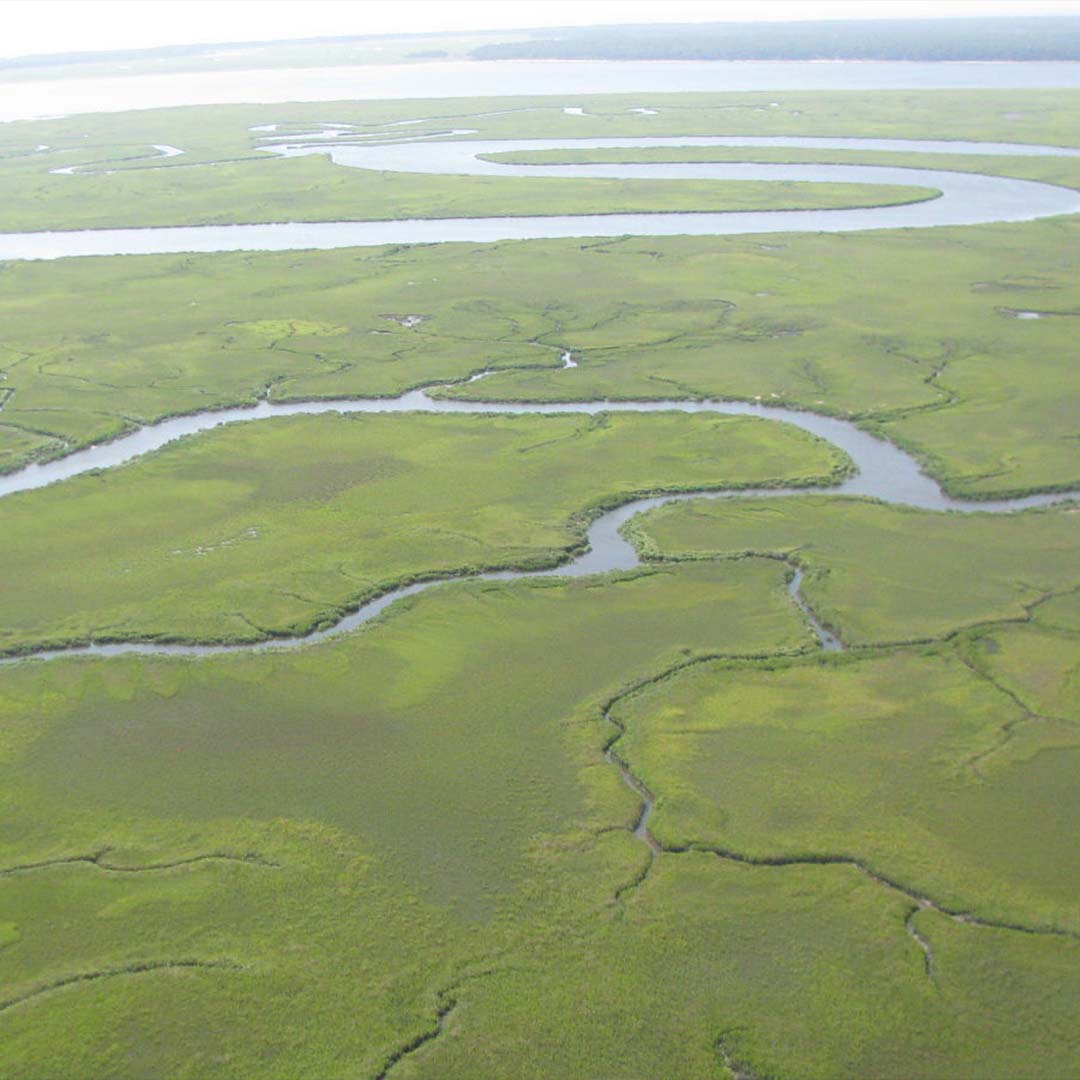Indiana has lost more than 85 percent of its wetlands – important natural infrastructure that buffers communities against flooding, absorbs carbon pollution, and provides habitat for vulnerable birds and other wildlife. Today, in recognition of American Wetlands Month, Audubon Great Lakes released findings from an Indiana state-wide poll, which shows that Hoosiers, overwhelmingly, do not want wetlands protections weakened.
Ninety-four percent of Indiana voters believe that state leaders should either strengthen (49%) or maintain (45%) Indiana’s current wetland protections.
Last year, there was public outcry over Senate Enrolled Act 389, which rolled back protections for more than 400,000 acres of wetlands in Indiana. It also led to the creation of the Indiana Wetlands Task Force. The Task Force has been directed to examine wetlands issues in the state and recommend solutions and preservation strategies. The Task Force met Wednesday, May 11 and throughout the year. A report of their findings is expected later this year.
“Recent rollbacks of Indiana’s wetland protections are out of step with the concerns of everyday Hoosiers, who have made it loud and clear that they want to see their legislators strengthen wetlands protections, not weaken them,” said Brian Vigue, Policy Director for Audubon Great Lakes. “It’s crucial that decision makers and members of the Indiana Wetlands Task Force heed the concerns of residents to protect the future of Indiana’s wildlife and outdoor recreation economy.”
Indiana voters support and want more wetland protections. Key findings from the poll include:
- Protecting fish and wildlife habitat is important to nearly every Hoosier. Ninety-two percent (92%) of Hoosiers say “issues involving protecting fish and wildlife habitat, lakes, rivers, stream and wetlands” are an important priority to them personally. This sentiment is shared by 86% of Republicans and 97% of Democrats.
- Hoosiers believe protecting water habitats is more important than landowner and developer rights. By a near 4:1 margin, Hoosiers prioritize protecting water sources and habitats (52%) over protecting landowner and developer rights (14%).
- Weakening clean water protections is unpopular across party lines. Nearly three-quarters (72%) of Hoosiers would have a “less favorable” impression of a state legislator who voted to relax wetland protections – including strong majorities of Republicans (64%), Independents (63%) and Democrats (86%).
- Voters want science-based rules and standards to protect Indiana’s remaining wetlands. Three quarters (75%) of Hoosiers support the state’s wetland task force basing new wetland rules and standards on science.
May is American Wetlands Month, which raises awareness of the importance of wetlands to wildlife and communities. Wetlands filter pollutants out of water, store a tremendous amount of water to protect local communities from flooding and drought, and help support the state’s outdoor recreation economy, which generates more than $15 billion in consumer spending a year.
Wetlands also serve as vital habitat for wildlife, like the federally endangered Mitchell’s satyr butterfly, which is only found in two U.S. states, and vulnerable birds like the Black Tern, Marsh Wren, Least Bittern, and Pied-billed Grebe. Audubon Great Lakes’ marsh bird monitoring shows that some of these species have decreased by as much as 80 percent in just a few short decades.
Scientists say North America has lost more than 3 billion birds over the past half-century, and that two-thirds of North American bird species at risk of extinction due to our warming planet. In addition to being some of the best places for bird habitats, wetlands can reduce harmful emissions that contribute to climate change by naturally storing carbon.
Audubon Great Lakes wetland restoration work with partners in the Calumet region of Northwest Indiana is showing early signs of success. The 40-year trend of marsh bird population declines are stabilizing, and several species populations are increasing in breeding abundance in newly restored wetlands.
“Indiana voters want to see legislators conserve this state’s natural resources,” said Vigue. “Our restoration work in Indiana shows that it’s not too late to restore Indiana’s important habitats for the benefit of wildlife, and Hoosiers everywhere.”






